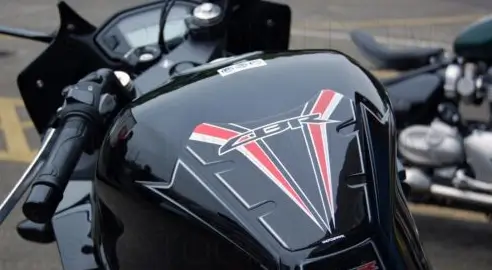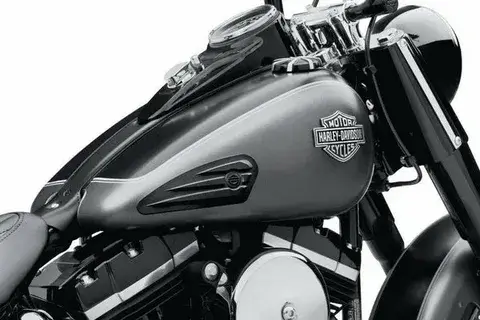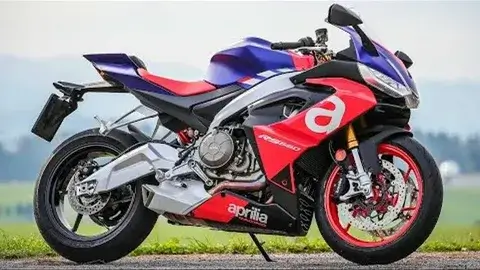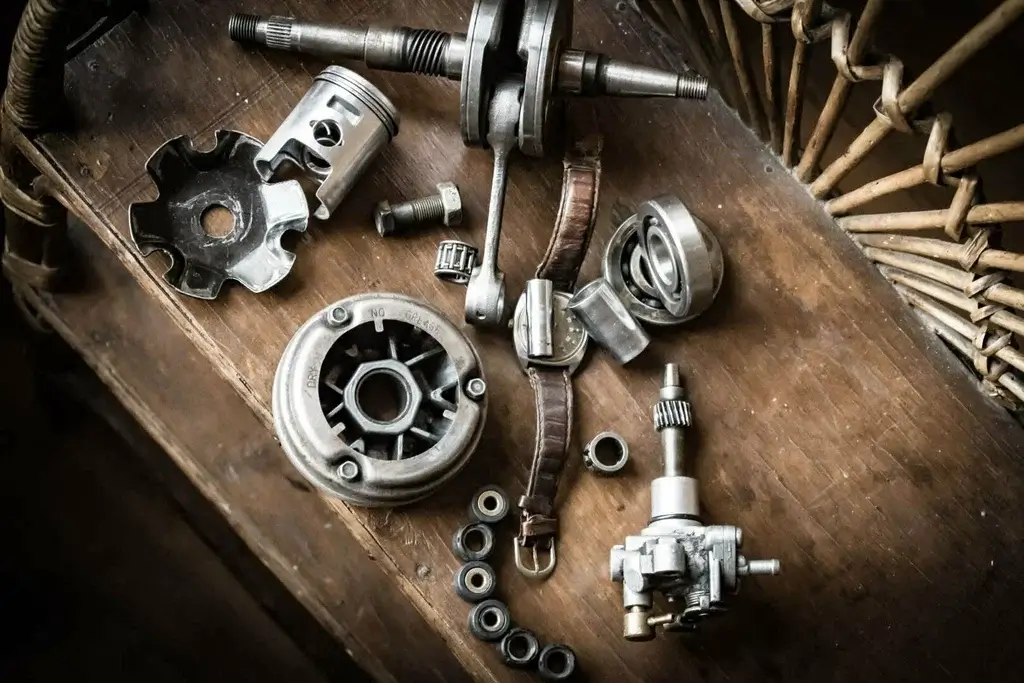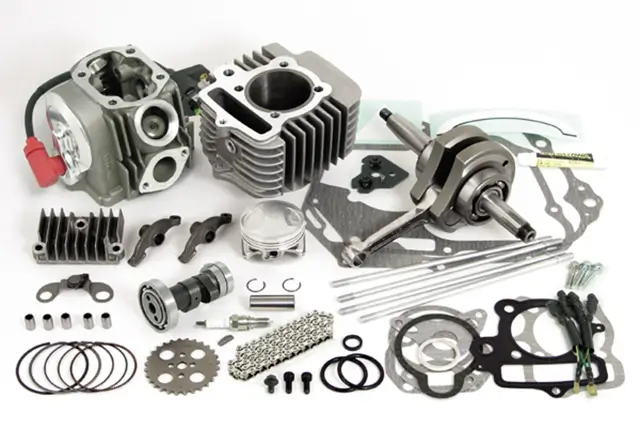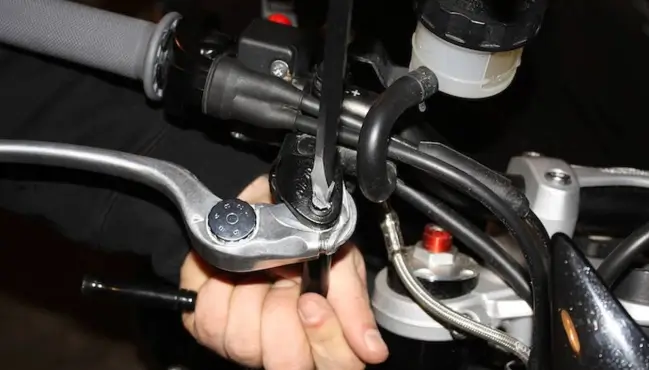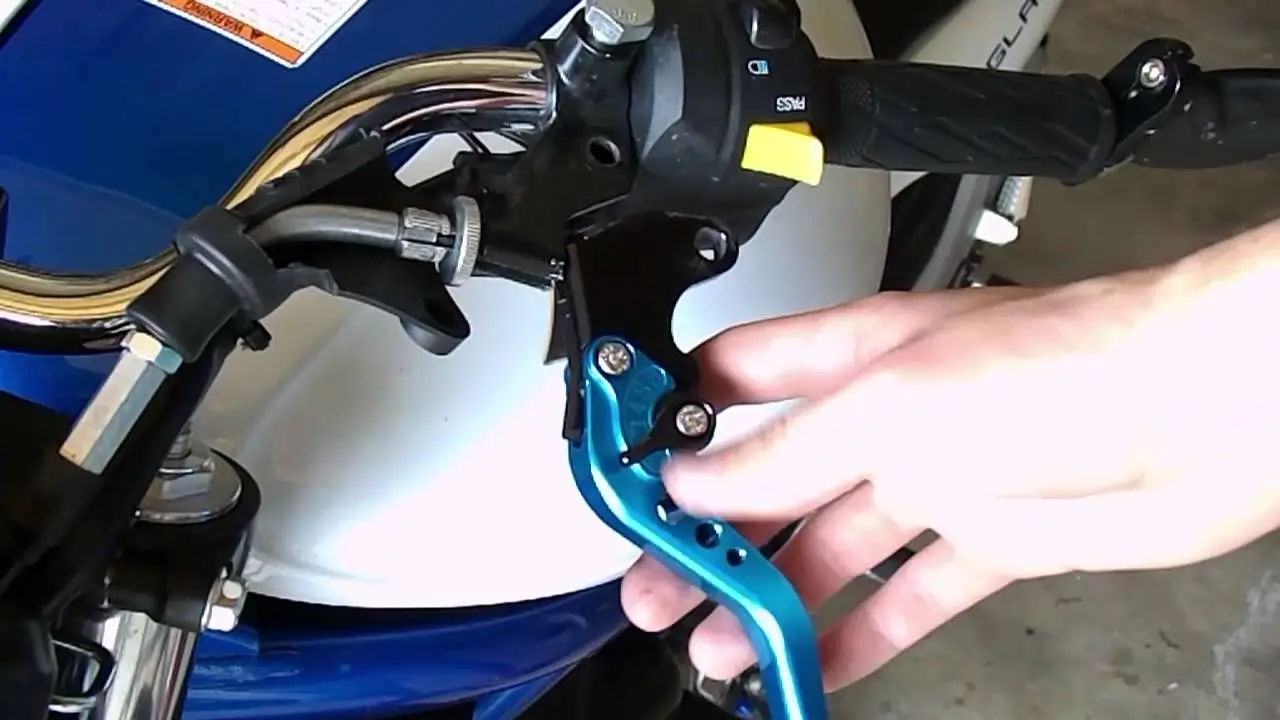Maintaining your Triumph motorcycle isn’t just about performance; it’s about safety, reliability, and preserving your investment. Whether you ride a Bonneville, Street Triple, or Tiger, regular upkeep is key to avoiding costly repairs down the road. Understanding which Triumph motorcycle parts are essential for routine maintenance can keep your ride in top condition and extend its lifespan. This guide will walk you through the must-have parts, their maintenance schedules, and tips for keeping your motorcycle road-ready.
Why Regular Maintenance Matters
Routine maintenance ensures your Triumph delivers consistent performance and helps prevent unexpected breakdowns. Neglect of key components can lead to:
- Reduced fuel efficiency
- Engine wear and tear
- Poor braking and handling
- Safety risks on the road
Keeping up with scheduled service using OEM or high-quality aftermarket parts is crucial for long-term reliability.
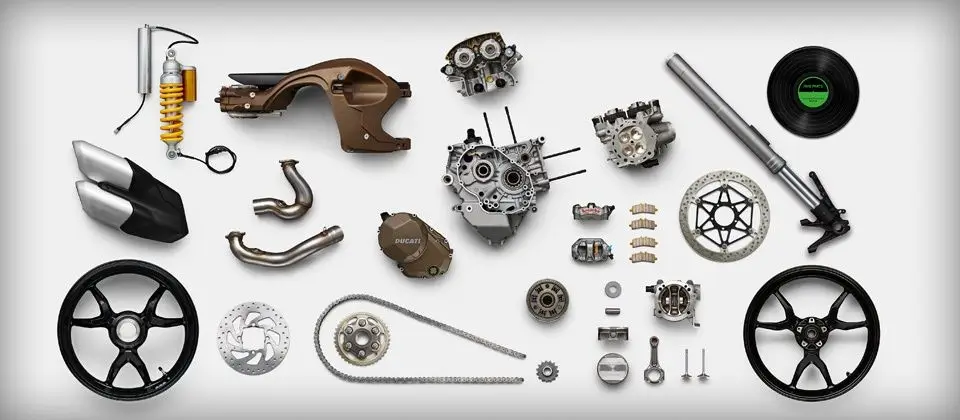
Essential Triumph Motorcycle Parts for Routine Maintenance
Let us break down the most critical parts that require regular checks, servicing, or replacement.
1. Engine Oil and Oil Filters
Why it matters: Engine oil lubricates, cools, and cleans the engine. Over time, oil degrades and collects contaminants.
Maintenance Tip:
- Change the oil every 3,000–5,000 miles, or as recommended by your model’s manual.
- Always replace the oil filter when changing the oil.
Recommended Products:
- Triumph OEM oil filters
- Full synthetic 10W-40 or 15W-50 motorcycle oil (depending on the climate and model)
2. Air Filters
Why it matters: A clean air filter ensures your engine gets the right air-to-fuel ratio, which boosts performance and fuel economy.
Signs of Replacement:
- Decreased power
- Poor throttle response
- Dirty or clogged appearance
Maintenance Tip: Replace every 10,000–12,000 miles or more frequently in dusty conditions.
3. Spark Plugs
Why it matters: Spark plugs are vital for proper engine combustion.
Symptoms of Worn Spark Plugs:
- Hard starts
- Misfires
- Rough idling
- Poor fuel efficiency
Maintenance Tip:
- Inspect every 6,000–8,000 miles
- Replace every 12,000–16,000 miles
Pro Tip: Use NGK or OEM Triumph spark plugs for compatibility.
4. Brake Pads and Brake Fluid
Why it matters: Brakes are crucial for your safety. Worn pads or degraded fluid can severely reduce stopping power.
Maintenance Checklist:
- Check pad thickness regularly
- Replace pads before they wear below 2mm
- Flush and replace brake fluid every 1–2 years
Recommended Brands: EBC, Brembo, or Triumph OEM components
5. Chain and Sprockets
Why it matters: The drive chain transfers power from the engine to the rear wheel. A worn chain can slip or break, posing a hazard.
Maintenance Routine:
- Clean and lubricate the chain every 300–600 miles
- Adjust the tension regularly
- Replace the chain and sprockets as a set every 15,000–20,000 miles or when signs of wear appear
6. Tires
Why it matters: Tires impact everything from handling to fuel efficiency to braking.
What to Watch For:
- Tread wear indicators
- Cracks or flat spots
- Uneven wear
Maintenance Tip: Check tire pressure before every ride and replace tires when tread depth is below 2/32 inch.
7. Battery
Why it matters: A healthy battery ensures your Triumph starts reliably and powers your lights and electronics.
Maintenance Guidelines:
- Inspect terminals for corrosion
- Test voltage regularly (12.6V+ when fully charged)
- Replace every 3–5 years
Upgrade Tip: Consider lithium batteries for longer life and lighter weight.
8. Coolant
Why it matters: Coolant keeps the engine temperature stable and prevents overheating.
Maintenance Tip:
- Flush and replace the coolant every two years
- Use Triumph-approved coolant to avoid damage
Tools and Accessories to Keep on Hand
Keeping your Triumph in shape also means being ready with the right tools and consumables.

Must-Have Motorcycle parts Maintenance Items:
- Torque wrench
- Chain lube and cleaner
- Oil catch pan
- Tire pressure gauge
- Funnel and gloves
- Service manual specific to your model

When to Choose OEM vs. Aftermarket Motorcycle Parts
OEM (Original Equipment Manufacturer) parts are designed specifically for Triumph motorcycles, offering guaranteed fit and performance. They’re best for:
- Warranty compliance
- Ensuring compatibility
- Peace of mind with quality assurance
When sourced from reputable brands, aftermarket parts can offer better pricing or performance in some cases. Always research customer reviews and consult your mechanic before opting for non-OEM replacements.
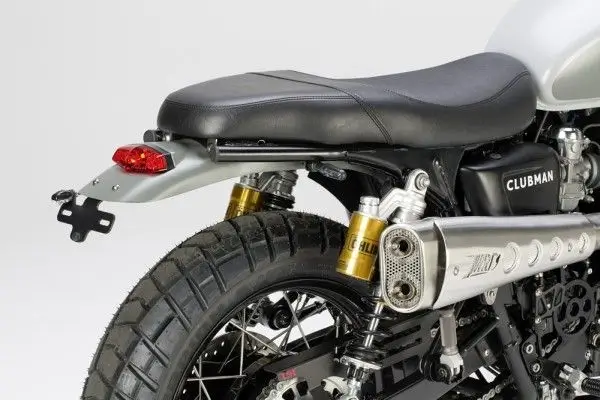
FAQs
1. How often should I service my Triumph motorcycle?
Service intervals depend on the model, but basic maintenance, such as oil changes, should occur every 3,000–5,000 miles.
2. Can I use aftermarket parts instead of OEM for Triumph motorcycles?
Yes, but ensure they’re from reputable brands and properly fitted. OEM parts guarantee compatibility and are often safer for warranty coverage.
3. What’s the average lifespan of a Triumph motorcycle chain?
With proper care, a chain can last between 15,000 and 20,000 miles. To extend its life, clean and lubricate it regularly.
4. How do I know when my brake pads need replacing?
Inspect them visually. If the pad thickness is below 2mm or you hear squealing, it’s time to replace them.
5. Should I replace spark plugs myself or get professional help?
Experienced riders can replace spark plugs at home, but if you’re unsure, a certified technician can ensure it’s done correctly.
6. What’s the best oil for a Triumph motorcycle?
Use fully synthetic 10W-40 or 15W-50 motorcycle oil. Refer to your model’s manual for the exact specification.

Conclusion
Regular maintenance is non-negotiable for any Triumph motorcycle owner who wants longevity, safety, and optimal riding performance. From changing your oil to inspecting brake pads and replacing air filters, knowing which Triumph motorcycle parts to focus on is the first step. By following a maintenance schedule and using high-quality components, you’ll keep your Triumph running like new for years to come.
Ready to gear up? Make a checklist, stock up on essentials, and ride on with confidence.





